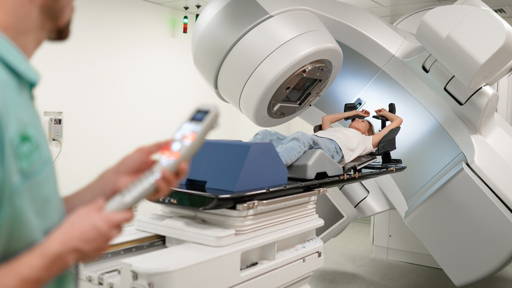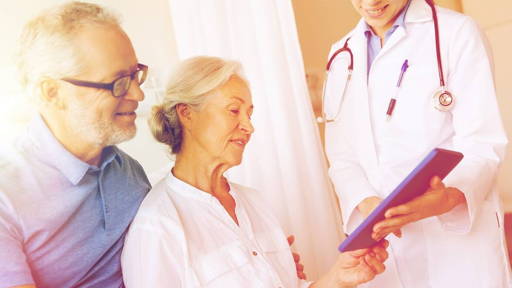CSIRO's Australian e-Health Research Centre (AEHRC) is investigating how artificial intelligence (AI) can support healthcare professionals in interpreting medical images. In collaboration with hospitals, the centre is developing AI models that help radiologists analyse X-ray images, with the aim of reducing workload and making diagnostic processes more efficient.
The latest generation of AI systems uses visual language models (VLM), which combine image recognition with natural language processing. These models can not only “see” X-rays, but also link relevant medical information to textual reports. Dr Aaron Nicolson, a researcher at AEHRC, focuses specifically on generating radiological reports based on chest X-rays, for example when assessing heart and lung conditions or checking pacemaker positions. "There are too few radiologists for the mountain of work that needs to be completed," he said.
Training data
By using thousands of existing X-rays, referrals and associated radiological reports as training data, the model learns to generate medical reports independently. The accuracy increases as the system processes more data. A recent expansion of the model to include emergency department data, such as triage information, vital signs and medication use, has further improved the diagnostic output.
Although the technology is still in the research phase, it is already showing promising results. In collaboration with Princess Alexandra Hospital, research is currently being conducted to compare AI-generated reports with those of radiologists. New trial locations are also being sought for broader validation. "These models show that you can effectively repair and use the data, even if you have only a partial data set," says Matthew Borzage, Ph.D. and corresponding author.
Other applications of VLM
In addition to medical image analysis, AEHRC is also exploring other applications of VLM, such as extracting data from scanned medical documents. Postdoctoral researcher Dr Arvin Zhuang is investigating how these models can structure unstructured information for faster access and processing.
Ethical safeguards are an integral part of the development. Nicolson emphasises that AI is intended to support, not replace, medical specialists. ‘Clinical decisions will always remain in the hands of healthcare professionals. The goal is to relieve them and support them with accurate and reliable technology.’
AI’s role in radiology
Back in 2021, we reported on four potential trajectories for AI’s role in radiology. First, the Reciprocal Effect: growing fear of AI replacing professionals may deter medical students from choosing radiology, exacerbating the existing workforce shortage. A study found nearly a third of respondents believed AI might replace radiologists, diminishing the specialty's appeal. Second, the Acceleration Effect posits that the rapid technological progress in radiology, including AI's leading approval rate among medical fields, may attract digitally oriented future doctors eager to incorporate cutting-edge tools into their practice.
The third scenario, Adoption Effect, represents the most optimistic outlook: AI systems act as “extra eyes,” assisting radiologists by pre‑screening images and speeding up COVID‑19 diagnoses during the pandemic. This collaboration can enhance diagnostic precision and reduce repetitive tasks. Lastly, the Denial Effect reflects resistance among clinicians to AI, due to trust issues, workflow disruptions, and ethical concerns, potentially limiting adoption despite technological advancements.
Together, these scenarios highlight a spectrum of futures for AI in radiology, ranging from reluctance and avoidance to enthusiastic integration and human AI synergy.









